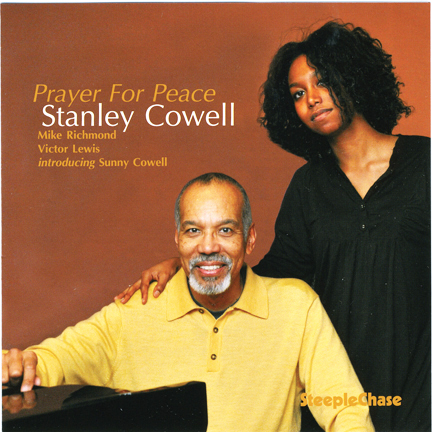Alumni Works: Read. Listen. Play.
BOOKS
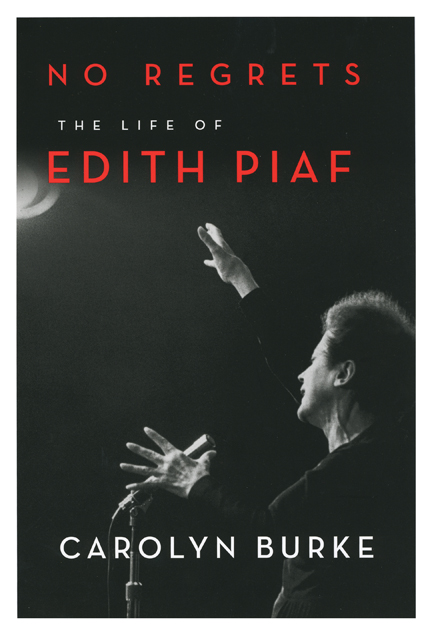 Courtney Bender ’91 and Pamela E. Klassen (editors), After Pluralism: Reimagining Religious Engagement, Columbia University Press, 2010. This multidisciplinary, scholarly essay collection investigates the meaning of religious diversity in a variety of settings, examining its effect on legal decisions and political and social interactions.
Courtney Bender ’91 and Pamela E. Klassen (editors), After Pluralism: Reimagining Religious Engagement, Columbia University Press, 2010. This multidisciplinary, scholarly essay collection investigates the meaning of religious diversity in a variety of settings, examining its effect on legal decisions and political and social interactions.
Carolyn Burke ’61, No Regrets: The Life of Edith Piaf, Alfred A. Knopf, 2011. The author traces the life story of iconic French singer Edith Piaf, beginning with her childhood on the streets of Paris and continuing through her rise to international fame.
Debra R. Comer ’82 and Gina Vega (editors), Moral Courage in Organizations: Doing the Right Thing at Work, M.E. Sharpe, 2010. Through a compilation of essays, the authors examine the factors in the workplace environment that influence ethical behavior and also guide the reader on how to foster moral courage through organizational change.
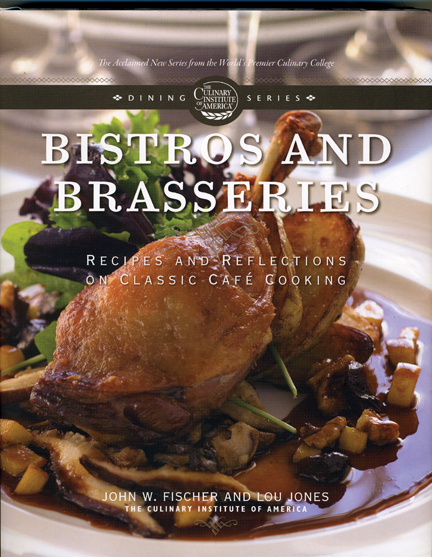 Michael Dorsch ’90, French Sculpture Following the Franco-Prussian War, 1870-80: Realist Allegories and the Commemoration of Defeat, Ashgate, 2010. The author explores how French sculptors interpreted the history of war and defeat in France during the second half of the 19th century. He also investigates shifts in gender roles during this period and the manner in which military defeat in France affected gender relations.
Michael Dorsch ’90, French Sculpture Following the Franco-Prussian War, 1870-80: Realist Allegories and the Commemoration of Defeat, Ashgate, 2010. The author explores how French sculptors interpreted the history of war and defeat in France during the second half of the 19th century. He also investigates shifts in gender roles during this period and the manner in which military defeat in France affected gender relations.
John Fischer ’81, Cheese, Delmar Cengage Learning, 2011. Compiled by an associate professor in table service at the Culinary Institute of America (CIA), this book, which is part of the CIA’s Kitchen Pro series, serves as a guide to the identification, classification, and use of different types of cheese. In addition to practical culinary instruction, this guide also provides a history of cheese making and consumption.
John Fischer ’81 and Lou Jones, Bistros and Brasseries: Recipes and Reflections on Classic Café Cooking, The Culinary Institute of America, 2008. The authors embark on a tour of French and French-inspired bistro cuisine, combining recipes with instructive cultural and culinary histories. The book includes full-color photographs and useful cooking techniques and tips.
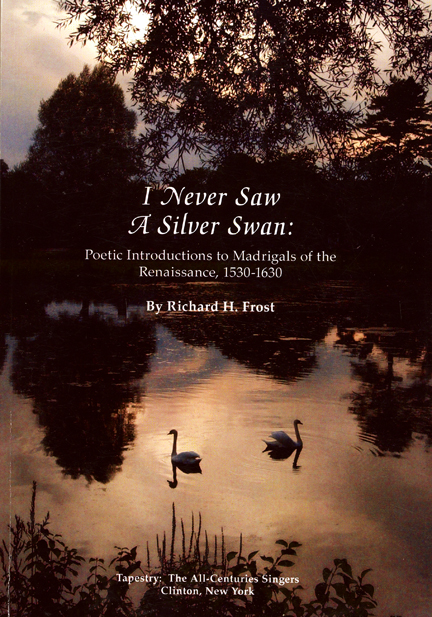 Richard H. Frost ’51, I Never Saw A Silver Swan: Poetic Introductions to Madrigals of the Renaissance, 1530-1630, Tapestry: The All-Centuries Singers, 2009. The author, an emeritus history professor and “bard” for the chamber choral group Tapestry in Clinton, N.Y., has penned an extensive set of introductory poems intended to be read aloud at madrigal performances. These verses serve to maintain variety and interest during madrigal concerts.
Richard H. Frost ’51, I Never Saw A Silver Swan: Poetic Introductions to Madrigals of the Renaissance, 1530-1630, Tapestry: The All-Centuries Singers, 2009. The author, an emeritus history professor and “bard” for the chamber choral group Tapestry in Clinton, N.Y., has penned an extensive set of introductory poems intended to be read aloud at madrigal performances. These verses serve to maintain variety and interest during madrigal concerts.
Muriel R. Gillick ’72, Once They Had a Country: Two Teenage Refugees in the Second World War, The University of Alabama Press, 2010. The author captures the story of her parents, Hans and Ilse, as they flee for safety as teenage Jewish refugees during World War II. Backed up by rigorous historical research, the book reconstructs the human narrative of the refugee experience.
Christopher GoGwilt ’83, The Passage of Literature: Genealogies of Modernism in Conrad, Rhys, & Pramoedya, Oxford University Press, 2011. This is a comparative study of three diverse modernisms—English, Creole, and Indonesian—as represented by authors seldom compared to each other. Joseph Conrad, Jean Rhys, and Pramoedya Ananta Toer all wrote about the colonial condition but did so in widely separated times and places.
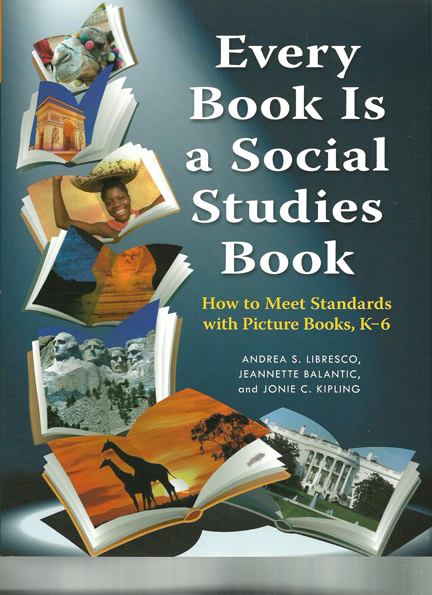 I.A. Il’in (author) and Philip Grier ’64 (editor and translator), The Philosophy of Hegel as a Doctrine of the Concreteness of God and Humanity, Northwestern University Press, 2011. According to Grier, this book is “regarded as one of the major early 20th-century commentaries on Hegel.” Prior to this translation, the complete work has only been available in Russian.
I.A. Il’in (author) and Philip Grier ’64 (editor and translator), The Philosophy of Hegel as a Doctrine of the Concreteness of God and Humanity, Northwestern University Press, 2011. According to Grier, this book is “regarded as one of the major early 20th-century commentaries on Hegel.” Prior to this translation, the complete work has only been available in Russian.
Jacob Howland ’80, Plato and the Talmud, Cambridge University Press, 2011. Exploring the relationship between Athens and Jerusalem in light of the Talmud and the Platonic Dialogues, this work adds to the small but growing body of work in the secular academy in which a basic knowledge of the great rabbinic corpus of the first millennium of the common era is fundamental to teaching and scholarship in the humanities.
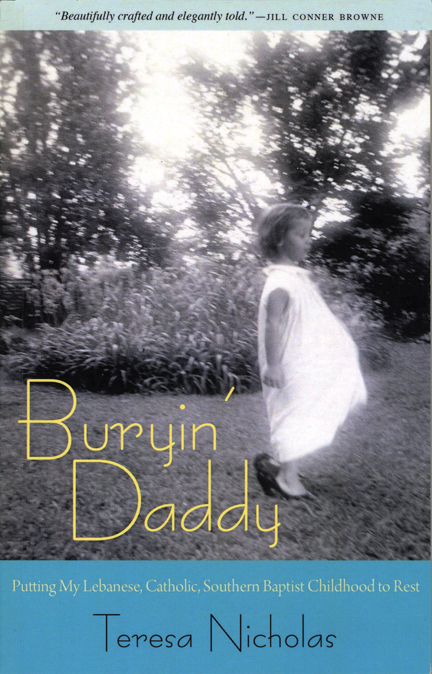 Jeannette Balantic, Andrea Libresco ’80, and Jonie C. Kipling, Every Book Is a Social Studies Book: How to Meet Standards with Picture Books K-6, Libraries Unlimited, 2011. The author provides a guide for teachers and educators to incorporate social studies into almost every subject, a task that has grown in importance since the No Child Left Behind Law has led many school districts to cut social studies from the curriculum.
Jeannette Balantic, Andrea Libresco ’80, and Jonie C. Kipling, Every Book Is a Social Studies Book: How to Meet Standards with Picture Books K-6, Libraries Unlimited, 2011. The author provides a guide for teachers and educators to incorporate social studies into almost every subject, a task that has grown in importance since the No Child Left Behind Law has led many school districts to cut social studies from the curriculum.
Teresa Nicholas ’76, Buryin’ Daddy: Putting My Lebanese, Catholic, Southern Baptist Childhood to Rest, University Press of Mississippi, 2011. A descendant of immigrants and sharecroppers, the author, now a successful New York City career woman, recounts how she embraces her roots and reconciles with her family when she returns to her former Mississippi home upon the sudden death of her father.
David Patton ’86, Out of the East: From PDS to Left Party in Unified Germany, SUNY Press, 2011. The author chronicles the history and transformations of the Communist party in East Germany from the collapse of the Berlin Wall through the era of democracy.
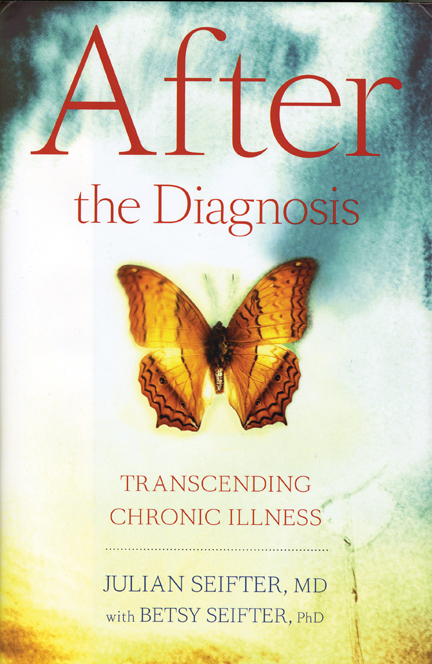 David Schaps ’67, The Invention of Coinage and the Monetization of Ancient Greece, University of Michigan Press, 2004. The author traces the importance of the appearance of coinage in ancient Greek society and the new themes, paradoxes, social classes, and processes that came along with it.
David Schaps ’67, The Invention of Coinage and the Monetization of Ancient Greece, University of Michigan Press, 2004. The author traces the importance of the appearance of coinage in ancient Greek society and the new themes, paradoxes, social classes, and processes that came along with it.
Julian and Betsy Seifter ’69, After the Diagnosis: Transcending Chronic Illness, Simon & Schuster, 2010. This book addresses the everyday challenges and emotional toll of managing a chronic illness today. The authors emphasize that patients are more than their illness and provide strategies not only for coping with illness but also for thriving under and living with illness.
Susan A. Glenn and Naomi B. Sokoloff ’75 (editors), Boundaries of Jewish Identity, University of Washington Press, 2010. This interdisciplinary collection of essays examines the question “Who and what is Jewish?” The writings probe this complex issue through the lenses of law, anthropology, history, sociology, literature, and popular culture.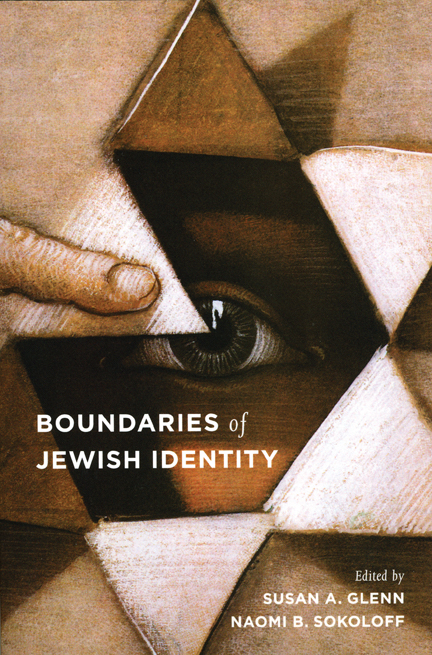
Lillian and Donald Stokes ’69, The Stokes Field Guide to the Birds of North America, Little, Brown, and Company, 2010. This field guide includes more than 854 species of North American birds, along with 3,400 color photos, a CD with more than 600 bird sounds, tips for identifying all types of birds in a variety of environments, and countless facts about the different species.
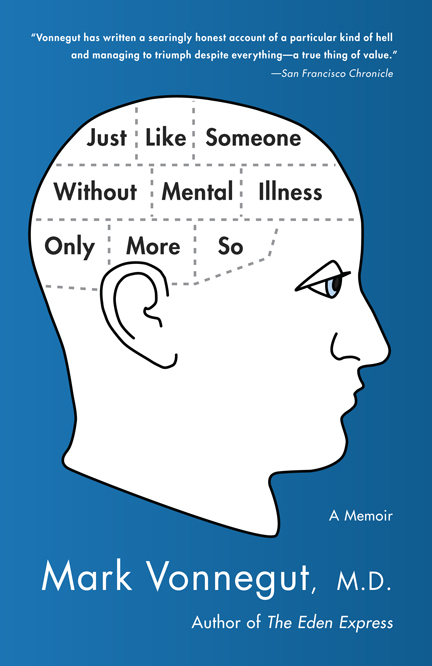 Mark Vonnegut ’69, Just Like Someone Without Mental Illness Only More So: A Memoir, Delacorte Press, 2010. More than 30 years after the publication of his memoir The Eden Express, the author continues his compelling story—of a life fraught with the trials of coping with bipolar disorder while attending Harvard Medical School, at age 28 and after 19 rejections; then running a pediatric practice—with honesty and humor.
Mark Vonnegut ’69, Just Like Someone Without Mental Illness Only More So: A Memoir, Delacorte Press, 2010. More than 30 years after the publication of his memoir The Eden Express, the author continues his compelling story—of a life fraught with the trials of coping with bipolar disorder while attending Harvard Medical School, at age 28 and after 19 rejections; then running a pediatric practice—with honesty and humor.
Michael Westgate ’61, Gale Force: Gale Cincotta: The Battles for Disclosure and Community Reinvestment, Harvard Bookstore, 2011. The author captures the legacy of Gale Cincotta, an activist and organizer who led the attack on community disinvestment, predatory lending, and redlining and contributed to the passage of the Home Mortgage Disclosure Act (HMDA) and the Community Reinvestment Act (CRA)—measures that greatly contributed to diminishing housing discrimination in the United States.
OTHER MEDIA
Stanley Cowell and Sunny Cowell ’10 (The Stanley Cowell Quartet), Prayer for Peace, Steeplechase, 2010. Sunny Cowell and her father Stanley’s jazz album includes vocals, piano, bass, drums, and viola. The album marks Stanley’s return to the recording studio after a decade-long break.
Lynn West Salvo ’71, Product Parfait: A Deliciously Fun Multiplication Game, Didax, Inc. This card game works backwards—aimed at children from 3 to 5 years old, players start with the product in order to figure out its factors—to teach multiplication facts in a unique and fun way. The game developed out of the creator’s dissertation.
 Email This Page
Email This Page